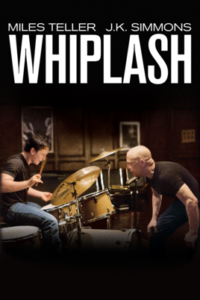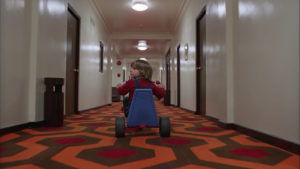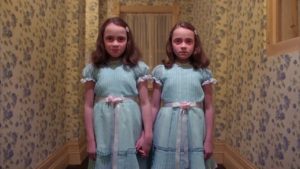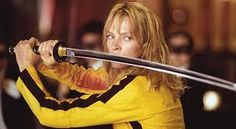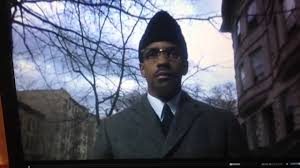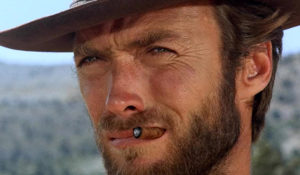Citizen Kane (1941 , Directed by Orson Welles) was made during the Second World War so there were fewer resources to devote to films and this is shown as the budget was only $839,727. Furthermore , the film was in black and white and this was because color film was incredibly expensive at the time and Welles wouldn’t have been able to afford color. The films complete lack of color meant that the cinematographer Gregg Toland had to innovate in order to create the world of the film and to make it look as crisp and distinct as the final product displays and in Citizen Kane Toland makes liberal use of shadows to symbolize the duality of Kane and this becomes a visual leitmotif for various characters thought the film.

In America at the time the film was being made , the media was run by a few powerful men and Citizen Kane was critical of these men and as the film begins with Kane’s death it creates a sense of foreboding in the audience because the audience only gets to meet Kane after his death in the beginning of the film and the audience knows that all of the times we see Kane , it is only leading up to his inevitable demise. Furthermore , as there were many famous newspaper moguls in America at the time of the film, Charles foster Kane would have been a familiar character , in fact William Randolph Hearst , who was a famous newspaper owner was angry about the film and he boycotted it’s release and this damaged the film’s commercial success.
The film is primarily about money and power and how they alienate people and this is evident due to the subject matter of the film because it is about a very wealthy and powerful man who is alienated from everyone around him and it explores his struggles.

